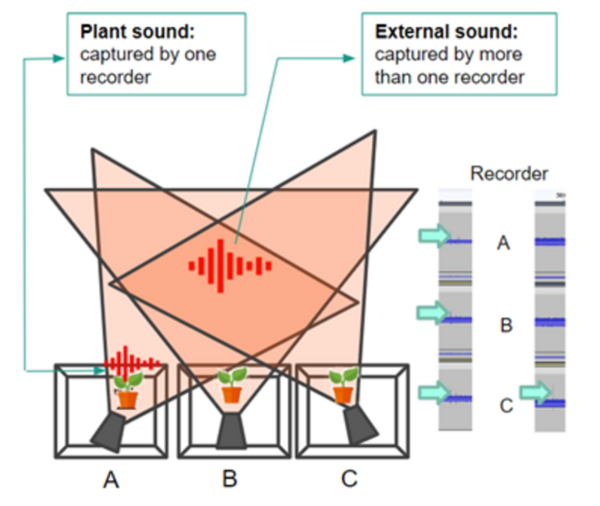Impact of environmental stressors on ultrasonic acoustic emissions in different species of plants
(1) Menlo High School, (2) Unaffiliated
https://doi.org/10.59720/24-043
As climate change continues to adversely impact our planet, there is a growing call to ensure plant growing methods are efficient, sustainable, minimize damage from pest attacks and make good use of our limited resources, such as supply of clean water. Current horticulture techniques also rely on the widespread use of pesticides, which result in environmental pollution. These limitations could be reduced by instead targeting individual plants. Optimizing growth at the individual plant level requires the ability to detect that plant’s stress signals and apply the correct response. Prior research has shown that plants emit more using airborne ultrasonic sounds when under stress. We hypothesized that the rate, frequency and duration of acoustic emissions from plants would differ by species and that these characteristics would change when exposed to different environmental stressors. Using ultrasonic sound detectors in soundproofed boxes, we recorded plants under normal conditions and under a range of stressors. Under normal conditions, we found that there was species level variation with cabbage plants having the highest rate and duration of acoustic emissions, while garlic and almonds emitted fewest sounds and of shorter duration. We also found that the pattern of acoustic emission changed with the rate of emissions increasing by a statistically significant amount with four of the five stressors tested. Our findings may allow growers to interpret the sound emissions from the different species of plants to identify and sustainably address stressors.
This article has been tagged with: